
Research Title : AGB stars in the external systems
Abbreviation of the Research Title : AGBEXYS
PI : Nakada Yoshikazu, Univ. Tokyo, nakada@kiso.ioa.s.u-tokyo.ac.jp
Co-Is :
Tanabe Toshihiko, Univ. Tokyo, Miyata Takashi, Univ. Tokyo, Mito Hiroyuki,
Univ. Tokyo, Ita Yoshifusa, Univ. Tokyo, Matsunaga Noriyuki, Univ. Tokyo,
Onaka Takashi, Univ. Tokyo, Izumiura Hideyuki, NAOJ, Yanagisawa Kenshi,
NAOJ, Fujii Takahiro, U. Kagoshima, Yamamura Issei, ISAS, Matsuura Mikako,
UMIST, A. Zijlstra, UMIST, M. Parthasarathy, IIA, A. Kucinskas, ITPA, M.W.
Feast, SAAO, J.W. Menzies. SAAO, P.A. Whitelock. SAAO, L. Leeuw, SAAO,
Kyung Jeong. Meudon, H. Sung, KAO, L. Sanggak, SNU
IRC Pointing
Mode - Photometry
Band - N2, N4, S7, S9W, L15, L20W
Purpose
It is widely accepted that some AGB stars are experiencing a rapid mass
loss which seriously affects their evolutionary paths. Since the spectral
distribution of the mass losing stars peaks in the infrared wavelengths,
Astro-F is the most suitable tool to solve some of the long-standing problems
concerning the mass loss from red giant stars. Since the mass losing phase
is short compared to the total life of a star, it is important to observe
as many clusters as possible to achieve an enough accuracy for the statistical
arguments.
1) Mass loss from AGB stars
The primary aim of this proposal is to determine the mass loss rates from
AGB stars as a function of the initial mass and the metallicity. The RGB
and AGB evolution including the final mass loss phase will be traced also
for each set of initial mass and metallicity. The stellar clusters with
homogeneous chemistry and coeval population are the best sites for this
purpose: the mass loss rates will be derived from individual stars by using
the infrared excess of the individual stars, while the deviation of the
evolutionary paths from the non-mass-loss case will be measured on the
observational color-magnitude diagram. The Large and Small Magellanic Clouds
as well as the Milky Way have provided us with such clusters. However,
for the quatitative analysis, we need dwarf galaxies of the Local Group,
too, to cover a wider span of age and metallicity. Although these galaxies
cannot be regarded as the simple stellar population, it is still rather
easy to analys their stellar components. They will offer the opotunity
to study the stellar populations with different background from the Magellanic
clusters.
2) Star formation history revealed by the AGB stars
Many of the Local Group galaxies are dwarf spheroidals showing no star
formation activities at present. However, the existence of bright AGB stars
indicates that the spoladic or continuous star formation took place long
after the epoch of the galaxy formation. The dwarf irregulars which are
more active in the current star formation are suitable to study the more
massive stars than those in the dwarf spheroidals. Generally speaking,
the bigger syste has experienced the more complicated history. It is very
difficult to encode the star formation history of the large galaxy like
ours or M31. But still the mass losing AGB stars which are at the end of
their life time reveal valuable information of the past star formation
rate. With the help of the empirical relation between the luminosity and
the age of the tip AGB star, it is possible to reconstruct the history
of the star formation. The AGB and RGB phase transition is another interesting
phenomenon which has not been studied yet in the mid-infrared wavelengths.
The previous JHK study showed that the AGB transition was not so strong
as the RGB one. However, the bright mass losing stars might reverse the
situation in the mid-infrared. If the AGB transition is found strong in
the mid-infrared, it could be used as another time indicator of the galaxies.
Method
The target will be observed by the IRC pointing mode with the total exposure
time of about 10 minutes. The same filter set, N2, N4, S7, S9W, L15, L20W
will be used in order to obtain the homogeneous data. Some intersting objects
will additionally be observed by the grism mode. All the objects in the
frames will be measured photometrically. The analysis will be performed
basically by the CMD.
Uniqueness
The near- to mid-infrared wavelengths are of primary importance in the
SED of the AGB stars, and the Local Group galaxies are the best sites for
the evolutionary study of the AGB stars. Astro-F has the capability to
combine these two advantages to understand the long entangled problem of
the final evolution of low to intermediate mass stars.
The modern astronomy is now focusing on the stellar astrophysics in the
external galaxies. Large ground-based telescopes will obtain the visible
and near-infrared data but Astro-F data by this program will be the only
source of the mid-infrared images for the Local Group galaxies.
Expected results
Homogeneous and extended sample of the infrared images will be obtained
for the Galactic globular clusters and the Local Group galaxies. The color-color
and the color-magnitude diagrams will be studied to search for the relation
between their morphological properties and two physical parameters, age
and metallicity. The AGB tip luminosity will be of main concern to see
if it could be used as the age discriminator of the stellar population.
The mass loss rate will be determined from the color excess in the mid-infrared
and its metallicity dependence will be studied statistically.
The evolutinary models will be calculated with the mass loss rate empirically
detemined by this program, This will be a crucial test for the stellar
evolution model to see if it shows a reasonable fit to the observed color
magnitude diagram. After we determine the evolutionary paths for AGB stars
with given values of initial mass and metallicity, we will go to the application
of our results to the more complicated system, M31 and M33, which are large
complex system with complicated star formation history. The spatial change
of the stellar population will be of particular importance to understand
the evolution of these giant galaxies.
Follow-up plan
Some globular slusters in the Magellanic Clouds were monitored by us at
SAAO using a near-infrared camera PANIC. The observation is extended to
more clusters now and the central bars of the LMC and SMC are also monitored
now by the SIRIUS camera on the IRSF at SAAO as a part of Japan and South
Africa co-working program. Near-infrared monitorings of some dwarf spheroidals
are also performed by the SAAO and U. Tokyo group. Southern globular clusters
are surveyed now and Northern ones will be observed at Kiso Observatory
this year.
We are preparing a set of special filters for the SUBARU SupCam to separate
carbon stars from M stars. If the proposal is accepted, we will start the
optical survey of the carbon and M-type stars for M31, M33, and other Local
Group galaxies
Top
Configurations Targets l-b
16xA+2XB+2XC+3XD+9X?+???
=64+16+16+48+9X?+???=144+9X?+???
Normal galaxies
Name Type l b Position Filter Texp(min)
M31 SbI 27.84893 33.34916 Independently
proposed.
M33 ScIII 33.16433 19.21555 D
M32 E2 27.6159 32.9954
N147 Sph 30.4666 40.4822 ?
N185 Sph 31.4296 39.8436 ?
N205 Sph 27.3775 33.558 ?
Irregular Galaxies
Name Type l b Position Filter Texp(min)
WLM IrIV 354.1652 -14.35432 B
IC 10 IrIV 37.0256 50.4234 A
SMC IrV 312.1375 -64.5833
IC1613 IrV 15.7463 -4.3968 C
LMC IrIII 317.9984 -85.2487
Leo A IrV 141.1087 17.2961 D
SgrDIG IrV 291.437 4.1027 ?
N6822 IrIV 295.4673 6.3483 B
Aquar dIrV 310.6334 4.9004 ?
Peg IrV 358.8005 16.6267 ?
Dwarf spheroidals
And III dSph 23.7652 29.7897 A
And I dSph 26.6851 30.1877 A
Scul dSph 358.3568 -36.5111 A
Pisces dIr 23.2234 13.9160 A
And V dSph 36.7934 36.6477 A
And II dSph 30.7871 23.3744 A
Phoen dIr 2.4017 -50.7867 A
Fornax dSph 22.4052 -46.91196 D
Carina dSph 113.6716 -73.5510 ?
Leo I dSph 149.7233 0.7892 A
Sext dSph 155.7852 -11.8157 ?
Leo II dSph 160.487 15.7698 A
U Mi dSph 158.4046 73.48897 A
Draco dSph 237.369 80.22555 A
Sgr dSph 281.9412 -7.607934 ?
Tucana dSph 309.6254 -50.36322 A
Cas dSph 19.5995 48.2956 A
AndVI dSph 8.4608 23.26797 A
Beyond the Local Group
N3109 IrIV 163.8551 -35.36003 C
Antlia dSph 164.5944 -36.37971 A
SextansB dIrr
Sextans A dIrr
EGB0419+72
Maffei I
GR8
NGC55
NGC300
NGC253
NGC247
NGC7793
UKS2323-326
NGc45
NGC59
IC342
NGC7252
Top
Configurations Targets l-b
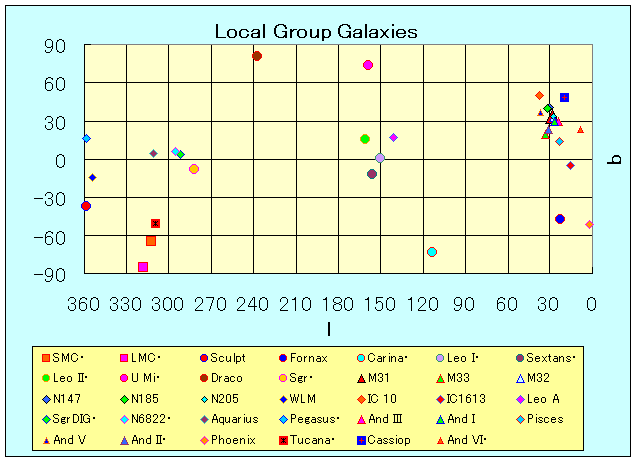
Configurations Targets l-b
Top
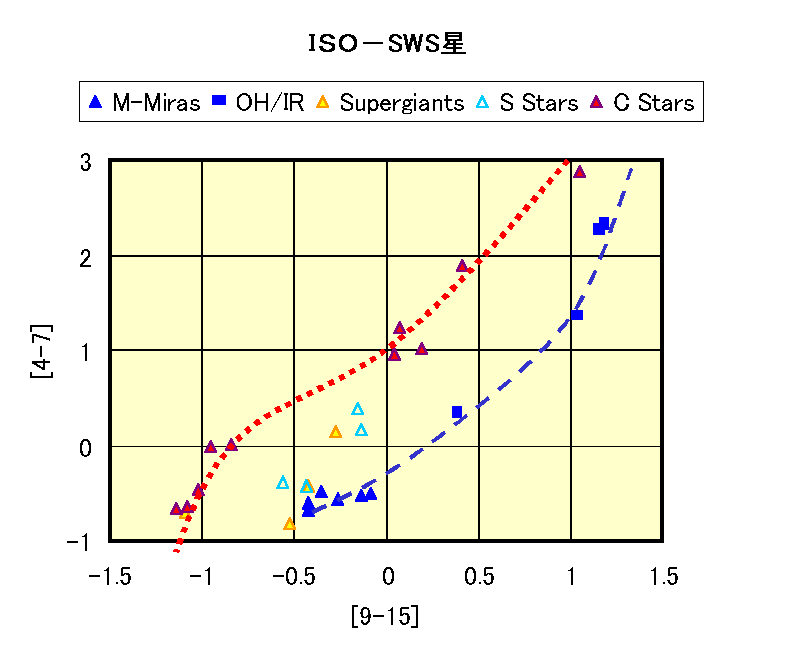
Configurations Targets l-b
Top
Configurations of frames and filters
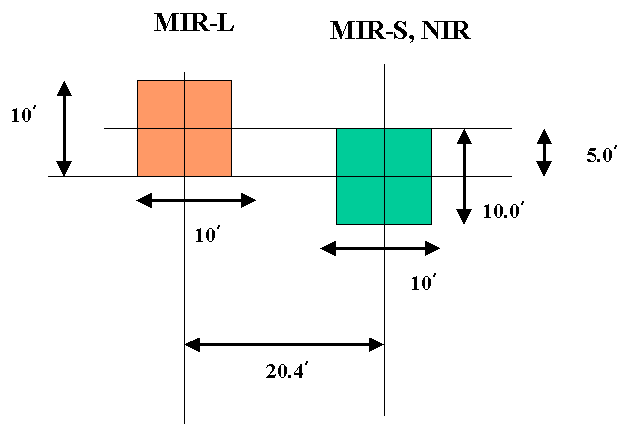
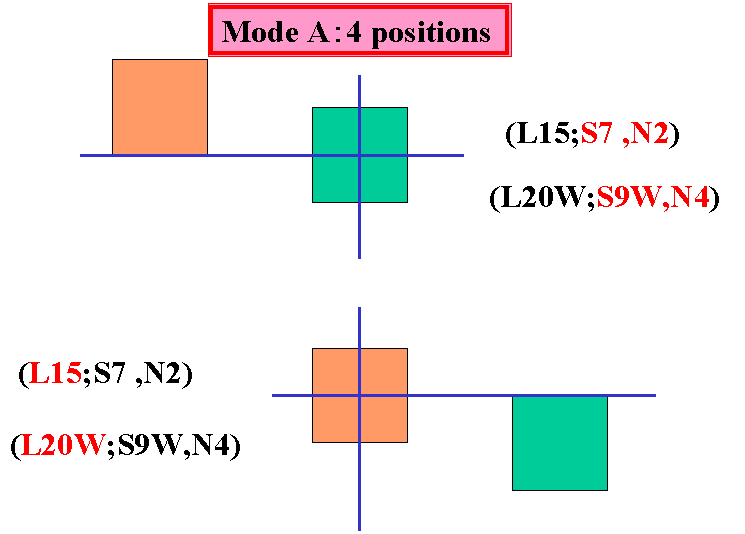
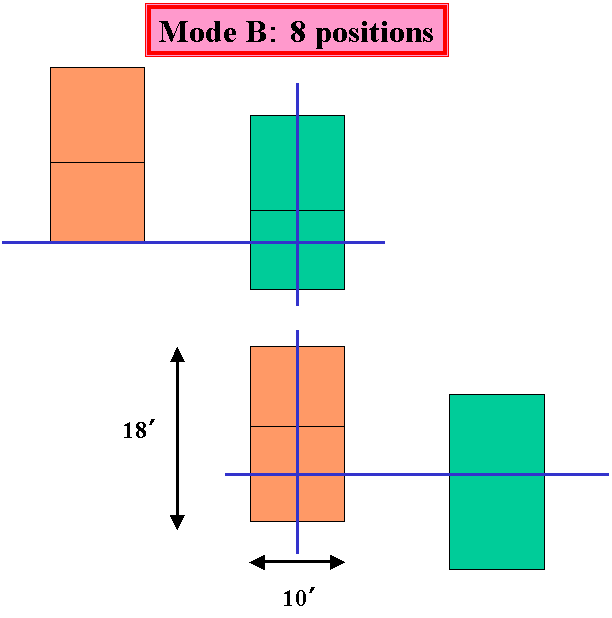
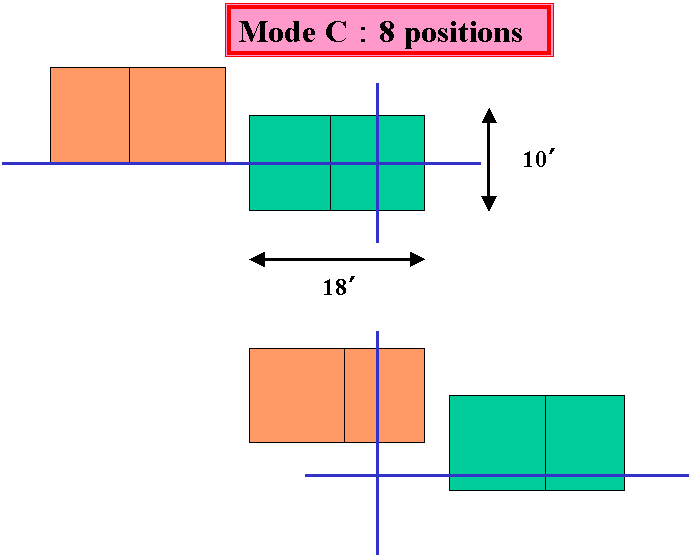
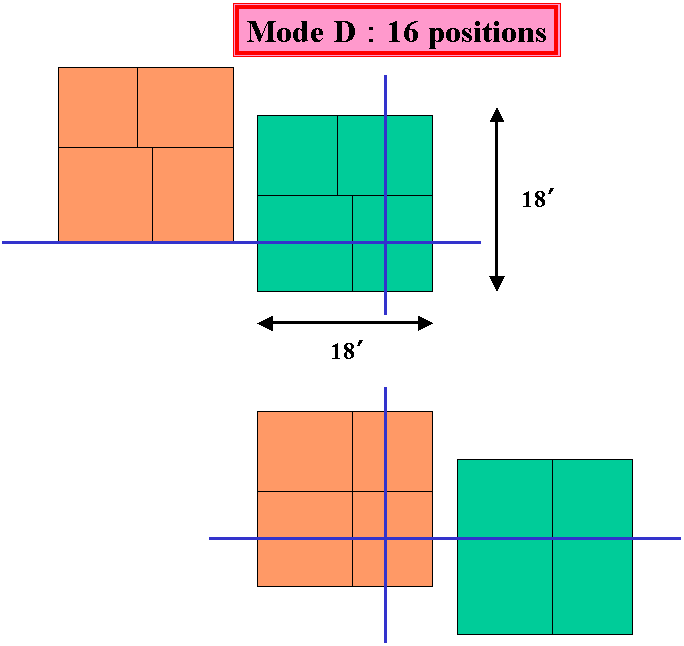
Configurations Targets l-b
Top